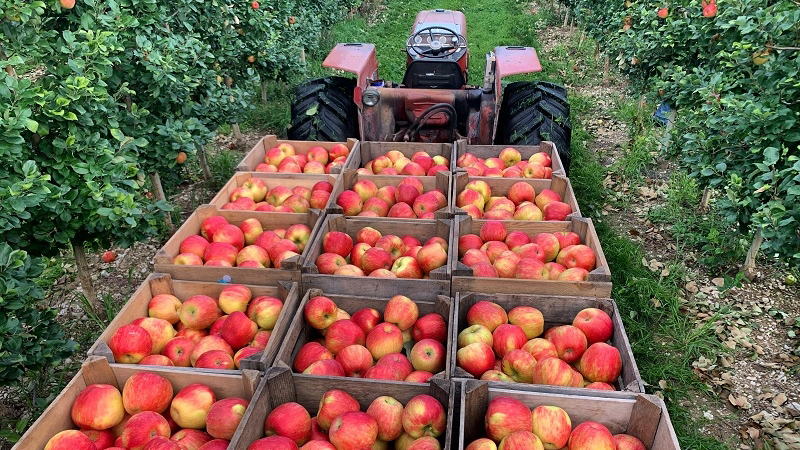New Intrepid Label Allows More Flexibility For Citrus Growers

Dow AgroSciences has announced it has received an expanded label for Intrepid 2F insecticide, an effective weapon in the battle to protect groves from citrus leafminer (CLM) and, thus, from citrus canker.
The EPA accepted an expanded label for Intrepid 2F that allows growers to use the insecticide in low-volume and aerial applications. The new label gives growers the flexibility to apply Intrepid 2F by air or reduce the amount of water in the tank to as low as 2 gallons and apply the spray at low volumes on the ground.
“Airblast applications have shown to be the most effective method of applying an insecticide,” says Andy Fordice, product manager of Intrepid 2F for Dow AgroSciences. “However, this expanded label will give growers the flexibility to apply Intrepid 2F through low-volume and aerial applications if they need to get through the grove faster and if insect pressure is lower.”
With the expanded label, growers now have two more reasons to add this unique rotational partner to their Integrated Pest Management (IPM) plans. As a Group 18 insecticide, the only insecticide with this classification, Intrepid 2F insecticide is ideal for a resistance management program. Intrepid 2F is also an ideal choice for preserving beneficial insects because it can be applied at bloom without negatively affecting bee populations.
Dr. Phil Stansly, entomologist at the University of Florida, is one of the scientists who tested the efficacy of Intrepid 2F when applied at low volumes and aerially. His study showed that expanding the label for the product offered significant advantages for both efficacy and timing.
“To optimize the control of CLM with a foliar application, you need to get across that grove quickly,” Stansly says. “In the past, we’ve been more tolerant of CLM. We can’t be tolerant now.”
Intrepid 2F is not tolerant of any lepidoptera, especially CLM. The fast-acting insecticide knocks down a broad spectrum of damaging worms and then provides long residual control so growers can spray less, saving time and money.
Stansly sees an advantage in using 10 gallons of water, whether making the application from the air or on land. “It gives you the option to tank-mix with a nutritional,” he says. Stansly also is studying the impact of applying Intrepid 2F insecticide in an early spray in late February or March. The first year’s results are promising. “Somebody who’s having problems with CLM and whose program hasn’t been successful should look at that early application,” Stansly says. “Hopefully, that will help them down the road.”










